5 Considerations for an Effective Public Meeting
Public meetings provide the perfect opportunity for you to present the reasoning behind your project and to respond to community questions and concerns. Without proper planning, however, it can be a missed opportunity. Below are five elements to consider when planning a public meeting.
1. Format: Evaluate various meeting formats to determine which will work best for your project and the community. For example, an open-house format allows visitors to seek out specific information that matches their interests and concerns, but it limits how much control your company has over the complete message visitors receive. A town hall format ensures that all visitors receive the same information but limits the ability for individual visitors to address their specific concerns. Consider all pros and cons for each format type before making a decision.
2. Location: Several factors go into determining the right venue for your meeting. It should be convenient for the residents, business owners, and other stakeholders in the area surrounding your project. It should accommodate the number of people you expect to attend for the format you have chosen. Consider parking, Americans with Disabilities Act (ADA) accessibility, audio visual needs, traffic, familiarity to public, etc.
3. Timing: The point of a public meeting is to incorporate the public, so it’s important to make the timing of the meeting convenient for your target audience. Before deciding on a date, research to see if any national, state, or locally important events may conflict with attendance. Also consider what time of day works for the various segments of your audience.
4. Key Messages: The community needs simple, clear messaging to understand the process and benefits of complex projects. Develop the top takeaways you want each meeting attendee to know when they leave and determine what tactics should be used to convey those messages.
5. Flow: Once you have decided on the format and the location, you should think through how visitors will experience the meeting from start to finish. Determine what type of signage and other direction you need to provide to make that experience happen. This will help avoid visitor confusion and frustration that can project negative attitudes onto your project.

